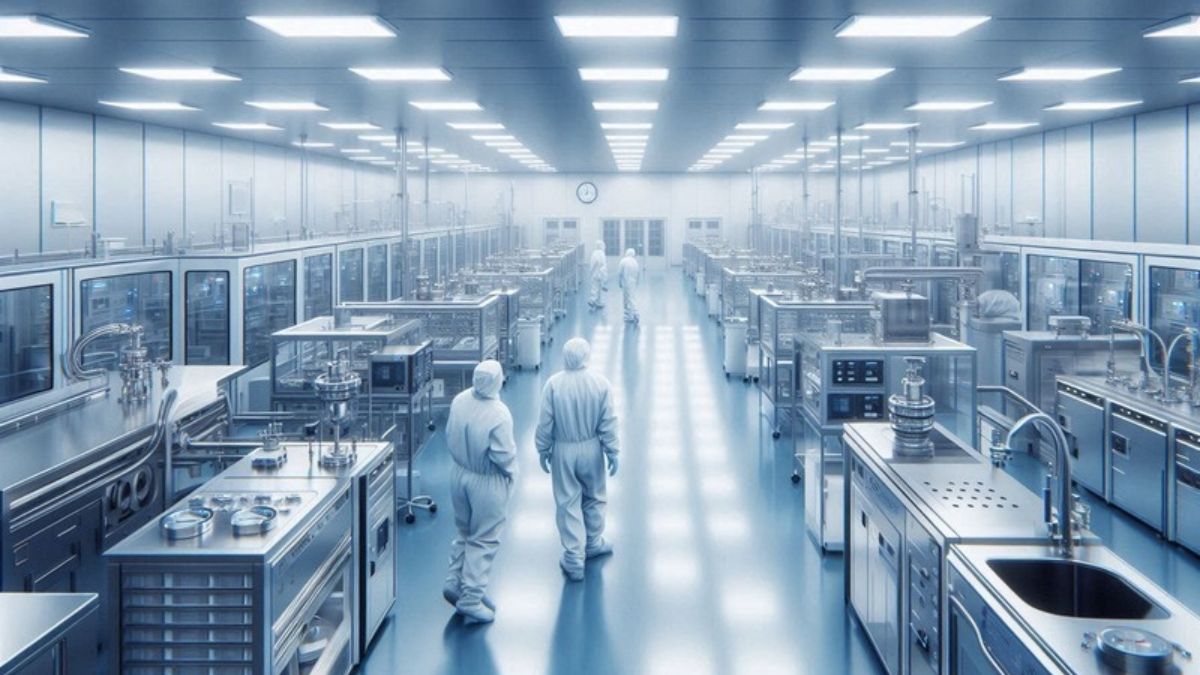Introduction to Cleanroom Certification
Cleanrooms are advanced environments meticulously engineered to minimize contamination risks in various industrial settings. In sectors where product integrity is paramount, such as pharmaceuticals and electronics, cleanrooms provide a controlled space essential for maintaining quality. The importance of cleanrooms cannot be overstated, as they establish critical conditions for preventing contamination that can compromise the safety and efficacy of a wide array of products. These companies provide expertise in understanding the specific needs of different industries, helping them maintain the stringent parameters necessary for cleanroom operation.
Certification serves as a backbone for these environments, underscoring its role in compliance with the most rigorous standards and protocols. This process establishes quality assurances that extend beyond initial build standards, requiring ongoing monitoring and updates. It’s an investment in credibility, safety, and performance that gives end-users confidence in the quality and reliability of products produced or tested within certified cleanrooms.
Key Industries Benefiting from Cleanroom Standards
The influence of cleanroom certification reverberates through a broad spectrum of industries. In the pharmaceutical industry, rigorous environmental control is essential to producing drugs that are both safe and effective. Particles, microbes, and possible contaminants must be diligently managed to prevent compromising the drug development process. Cleanrooms provide a controlled environment to meet these critical stipulations, keeping public health interests at the forefront. Seeking guidance from specialized cleanroom certification companies must ensure facilities meet these complex requirements.
The electronics sector, tasked with fabricating minute and complex components, finds cleanroom standards equally indispensable. Particulate contaminants often compromise the integrity of these components, leading to defects. Manufacturing within a cleanroom assures that conditions conducive to high-quality production are consistently maintained. Furthermore, the aerospace and defense sectors rely on cleanrooms, where the precision and reliability of materials, from circuitry boards to microchips, are crucial. The slightest contamination could lead to catastrophic failures here, making robust environmental controls non-negotiable.
Core Components of Cleanroom Certification
Cleanroom certification is a multifaceted process that includes various core components critical in minimizing contamination risks. Start with air quality management, where stringent protocols are enforced to control the presence of airborne particles. HVAC systems are designed to deliver clean, filtered air while maintaining optimal airflow patterns that prevent cross-contamination.
Particulate control is another cornerstone of certification, ensuring that the number and size of particles remain within acceptable limits. This involves using high-efficiency particulate air (HEPA) filters and ultra-low penetration air (ULPA) filters to trap contaminants effectively. Cleanliness procedures—integral to maintaining these standards—are comprehensive, involving strict gowning protocols, regular cleaning, and surface decontamination. Compliance with these components requires constant vigilance and adherence to ensure the pristine conditions necessary for sensitive procedures.
Essential Tests for Cleanroom Compliance
Certification necessitates a battery of stringent evaluations designed to verify a cleanroom’s compliance with required standards. Particle counting measures the concentration of airborne particulates to confirm compliance with specified limits. This precise data collection process identifies potential contamination sources that could compromise cleanroom effectiveness.
Airflow analysis evaluates the patterns of air circulation, which are critical in maintaining a uniform environment. Consistent airflow prevents the buildup and spread of particles, ensuring various sections of the cleanroom meet the designated standards. Surface sampling complements these practices, confirming the absence of contaminants on critical surfaces such as workstations and equipment. These evaluations collectively validate a cleanroom’s operational integrity, proving its readiness to protect against contamination risks that could undermine product safety and quality.
The Global Impact of Standardized Cleanroom Practices
Cleanrooms operate within a substantial framework of international standards, facilitating seamless global business practices. These standards, such as those set by the International Organization for Standardization (ISO), provide structured guidelines that become benchmarks for cleanroom operations across countries. By adhering to these, companies ensure their processes meet universally accepted quality thresholds.
This standardization fosters reliable cross-border trade and collaborations, making it easier for industries to engage in partnerships and jointly develop cutting-edge technologies. Adherence to internationally recognized standards is a hallmark of quality, enhancing consumer trust and allowing companies to compete globally. These practices provide assurance about the safety and efficacy of products manufactured under such disciplined conditions, essential for both domestic and international markets.
Challenges in Achieving and Maintaining Certification
While achieving cleanroom certification presents its own challenges, maintaining it requires strict adherence to current and evolving standards. Rigorous staff training on best practices and higher levels of accountability to uphold these standards are crucial. It’s an ongoing commitment, with regular audits necessary to ensure the cleanroom functions optimally under certified conditions.
The rapid pace of technological advancement demands constant updates and investments in state-of-the-art equipment that meets evolving benchmarks. Meeting these demands requires organizations to remain proactive, continuously reassessing their processes to ensure they meet and exceed expected quality and safety standards. The dynamic regulatory environment further complicates this, necessitating facility managers to stay informed and responsive to new developments in the industry.
Future Trends in Cleanroom Technology and Certification
The evolution of cleanroom technologies continues to unfold, opening new avenues for enhancing performance and reliability. Advances such as automation and real-time environmental monitoring systems are streamlining operations within these controlled environments. These technologies allow for immediate adjustments, ensuring precision in maintaining contamination-free conditions.
Integrating the Internet of Things (IoT) devices and artificial intelligence (AI) for predictive analytics represents an exciting frontier in cleanroom innovation. This technology anticipates potential failures and contamination risks before they emerge, paving the way for preemptive action. Such trends promise efficiencies and improvements that could redefine cleanroom management and certification processes, fostering operational excellence that meets future challenges head-on.
Conclusion
Cleanroom certification is a linchpin across diverse industries, ensuring product safety, quality, and reliability. By embracing technological advancements and adhering to rigorous global standards, industries can achieve unprecedented operational excellence, fostering consumer trust while maintaining a competitive advantage. Continued investment in cleanroom technology and meticulous practice ensures these sectors meet evolving market demands, securing public confidence and supporting sustained innovation.

Leave a Reply